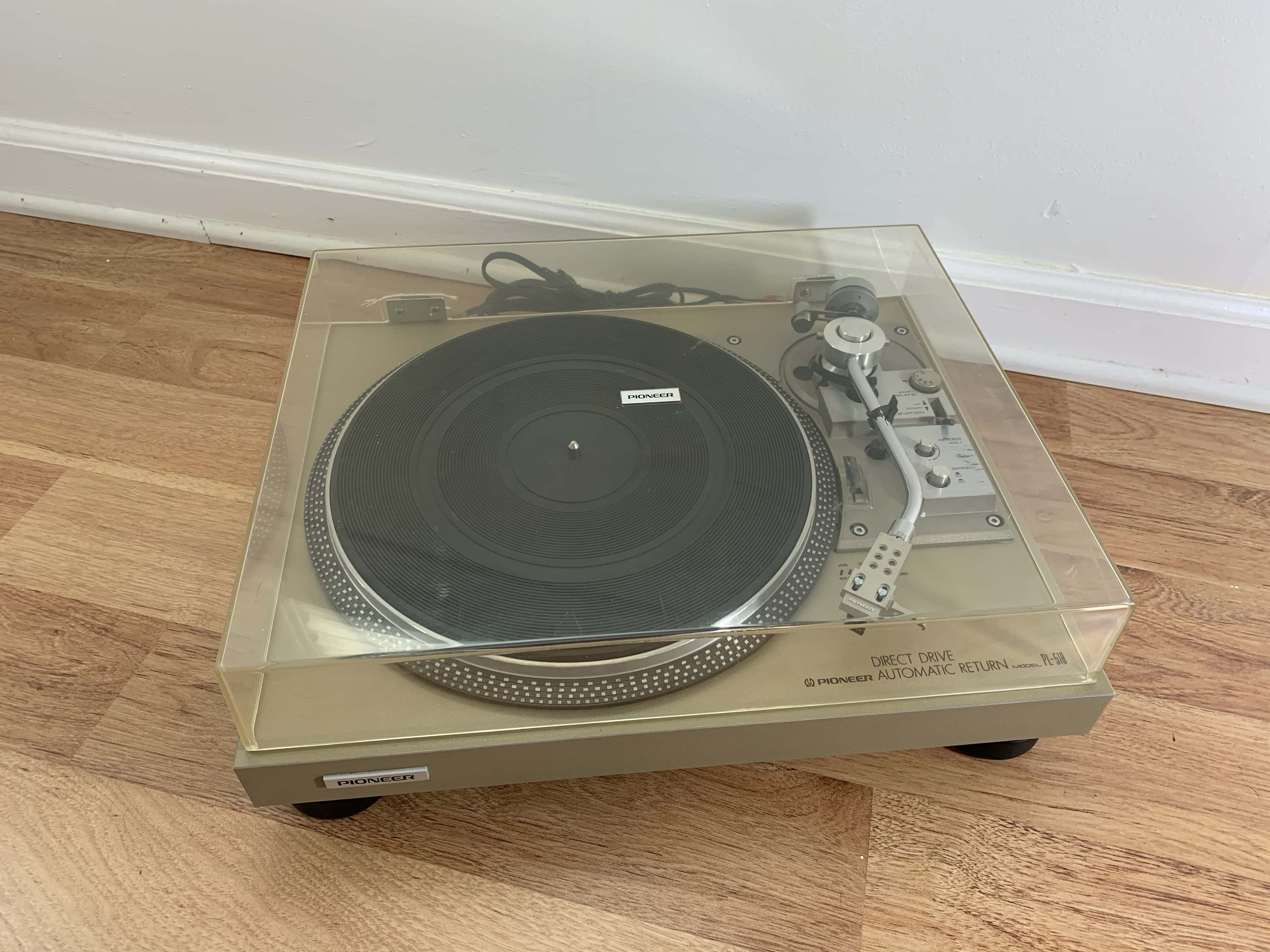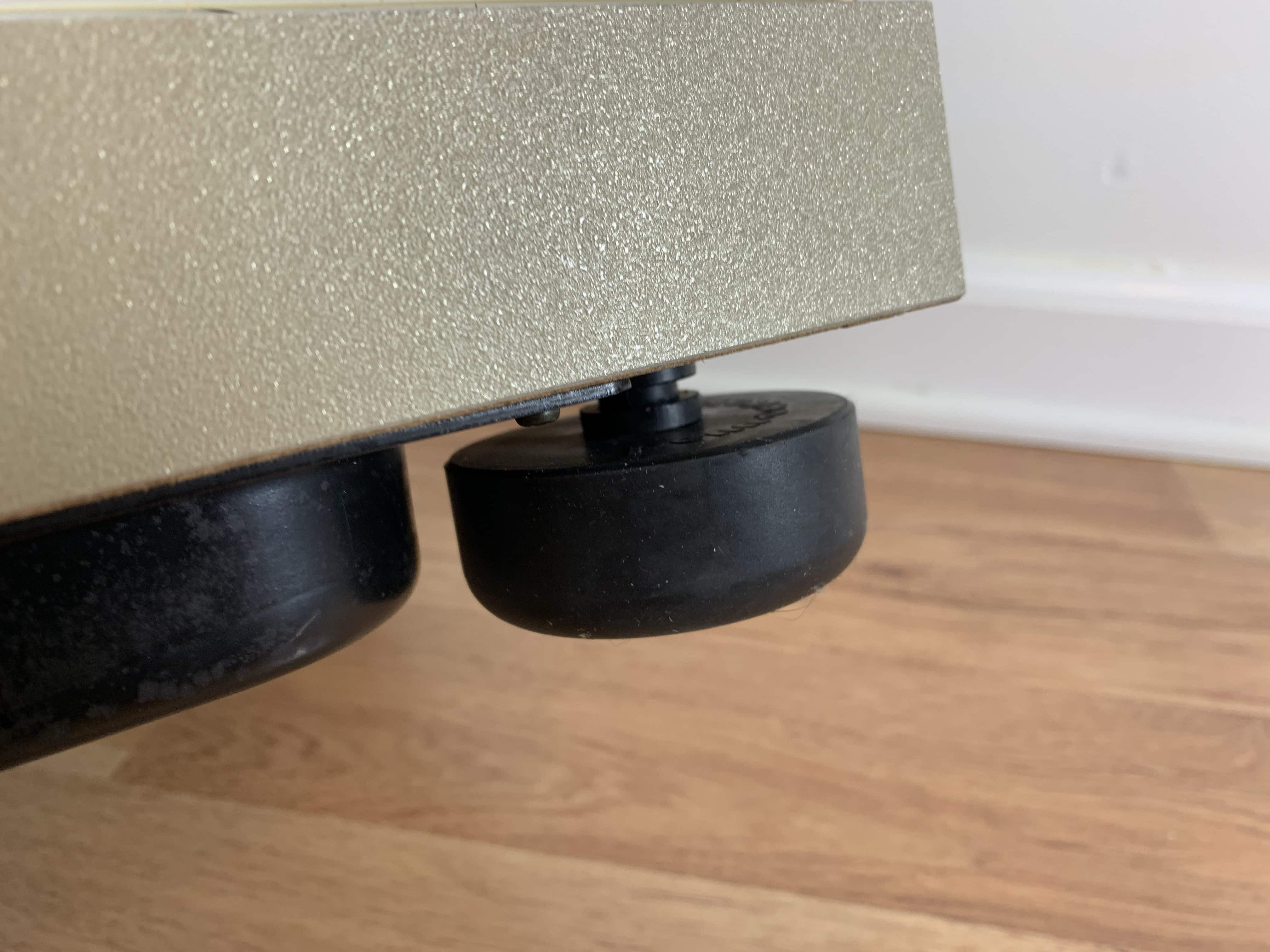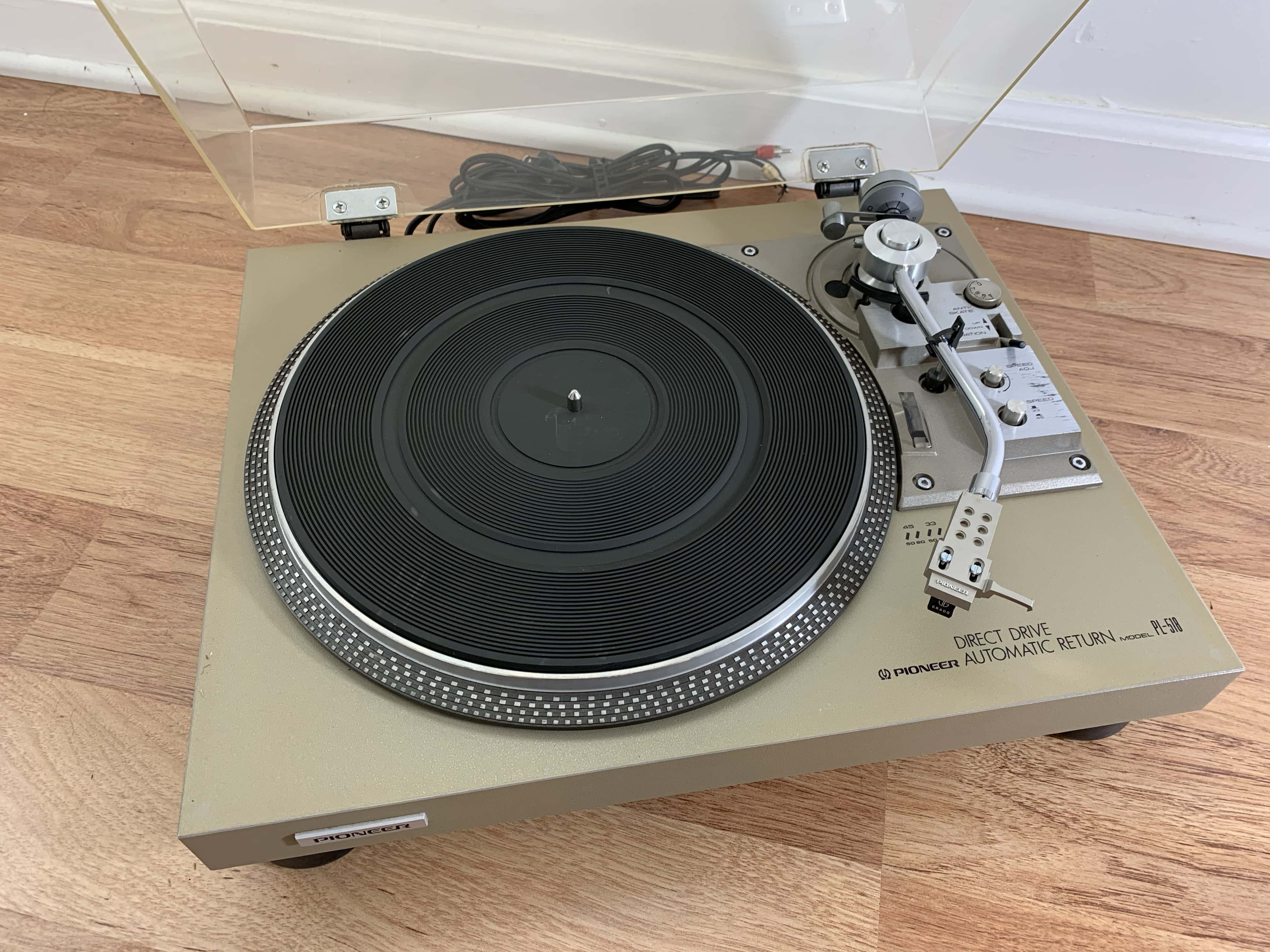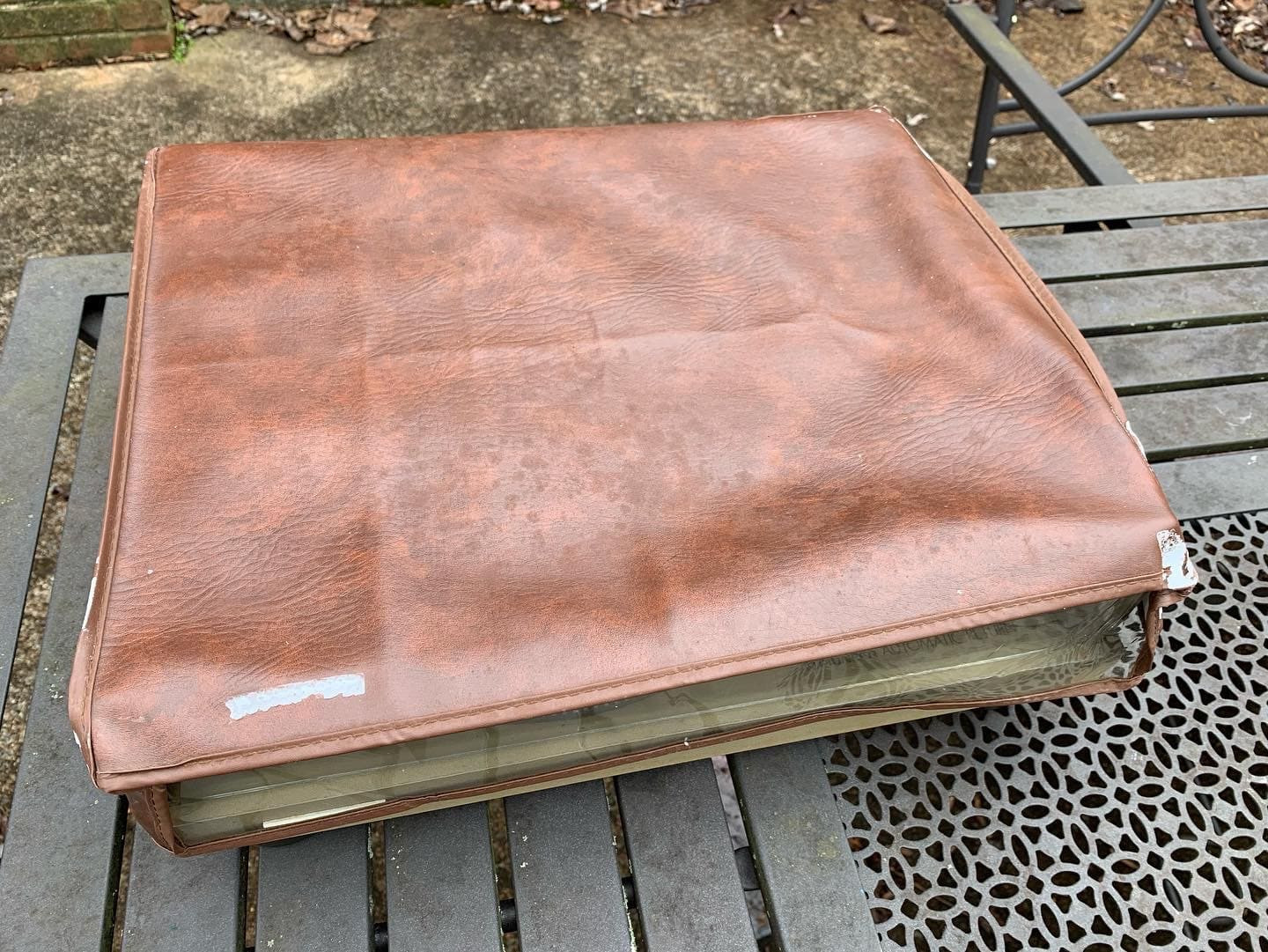Recently, while browsing online classifieds, I stumbled upon a listing for a Pioneer PL-518 turntable that caught my eye. Despite the listing being a few months old, something about it prompted me to reach out. After contacting the seller and agreeing on a price, the transaction took an unexpected turn, leading to a rather unique purchasing experience. However, this journey ultimately led me to rediscover the merits of the Pioneer PL-518.
Having already owned a Pioneer PL-560 for about five years, my interest in the PL-518 was naturally piqued. The PL-560, my first foray into vintage turntables, has proven to be a reliable and impressive machine, especially considering the surge in vintage audio equipment prices. Its direct-drive system, coupled with automatic stop/start and metered speed control, has provided flawless performance. The pristine condition of its dust cover even after years of use speaks to its enduring quality. My positive experience with the PL-560 fueled my curiosity about its sibling, the PL-518.
Back to the acquisition story, after settling on the price with the seller via email, I inquired about a meeting location. His reply was unexpected: “Don’t you want to listen to it?”. Although I was prepared to take a chance, I agreed to audition it at his residence.
This is where the situation became unusual. He then emailed his address followed by, “After you listen we can head to the bank.” The bank? This detail was puzzling. When I questioned the necessity of a bank visit, his response was, “No offense but I don’t know you or your money.”
At this point, hesitation crept in. The added trip to the bank to finalize the turntable purchase seemed like an unnecessary inconvenience. I proposed meeting directly at the bank, and to my relief, he agreed.
We met as planned. The elderly seller gestured towards his truck, indicating I could inspect the turntable there before we proceeded inside the bank. The bank was to serve as a secure location where I would hand my payment to the teller, who would then verify its authenticity. Upon entering the bank, the teller’s bewildered expression was noticeable. After handing over the agreed cash, the teller confirmed its validity. Subsequently, the seller presented a document for me to sign, stating I was purchasing the turntable “as is” for the predetermined price.
While I appreciate the seller’s cautious approach and the safety of a bank transaction, the money verification and contract signing were novel experiences in a used item purchase. Ultimately, I successfully brought the Pioneer PL-518 home, and to my satisfaction, it performed flawlessly.
 Pioneer PL-518 turntable on a wooden surface with a record playing, showcasing its sleek design and functionality.
Pioneer PL-518 turntable on a wooden surface with a record playing, showcasing its sleek design and functionality.
Now, let’s delve into why the PL-518 has earned my appreciation and why you should consider it if you encounter one.
Perhaps the most common, and arguably only significant, drawback of the PL-518 is the degradation of its isolation feet. True to form, my unit suffered from this issue, a known characteristic I was aware of prior to purchase, and seemingly widespread based on my research.
Fortunately, this flaw is easily remedied. A replacement set of four feet was readily available from Ken’s Vintage Audio on eBay for a reasonable $44, including shipping.
 Close-up of a replacement turntable foot being installed on a Pioneer PL-518, highlighting the ease of maintenance and repair for vintage audio equipment.
Close-up of a replacement turntable foot being installed on a Pioneer PL-518, highlighting the ease of maintenance and repair for vintage audio equipment.
Close-up of a replacement turntable foot being installed on a Pioneer PL-518 to address the common issue of deteriorated original feet.
The Pioneer PL-518 is a direct-drive turntable, officially classified as manual. However, I prefer to categorize it as “semi-automatic.” Pioneer designates it as manual because manual placement of the tonearm on the record is required to initiate playback. Despite this manual start, the tonearm automatically returns to its resting position at the record’s end. This feature offers a blend of manual control with the convenience of automatic return.
Another noteworthy feature of the PL-518 is its S-shaped tonearm, equipped with a removable headshell. Throughout the recent times, I’ve engaged in extensive cartridge experimentation, and the removable headshell has proven invaluable when swapping cartridges. This flexibility is a significant advantage for audiophiles who enjoy exploring different sonic profiles offered by various cartridges.
 Detailed view of the Pioneer PL-518's S-shaped tonearm and removable headshell, emphasizing its design for cartridge interchangeability and audiophile customization.
Detailed view of the Pioneer PL-518's S-shaped tonearm and removable headshell, emphasizing its design for cartridge interchangeability and audiophile customization.
A unique and unexpected inclusion with this turntable was a leather cover, designed to rest on the unit when not in use. This is a feature I had not encountered previously and adds a touch of vintage charm and practical dust protection.
 Pioneer PL-518 turntable with a leather cover placed over it, showcasing a unique and protective accessory for vintage audio preservation.
Pioneer PL-518 turntable with a leather cover placed over it, showcasing a unique and protective accessory for vintage audio preservation.
Exploring online resources, I discovered PL-518 owners who had replaced the metallic-looking veneer on the plinth with wooden veneer, resulting in a stunning aesthetic upgrade. While I haven’t yet ventured into veneer application on turntables (my veneer experience is limited to receivers), this modification presents an appealing avenue for enhancing the visual appeal of an already excellent turntable. This potential for customization further solidifies the PL-518’s appeal for those seeking both performance and personalization in their vintage audio setup.
